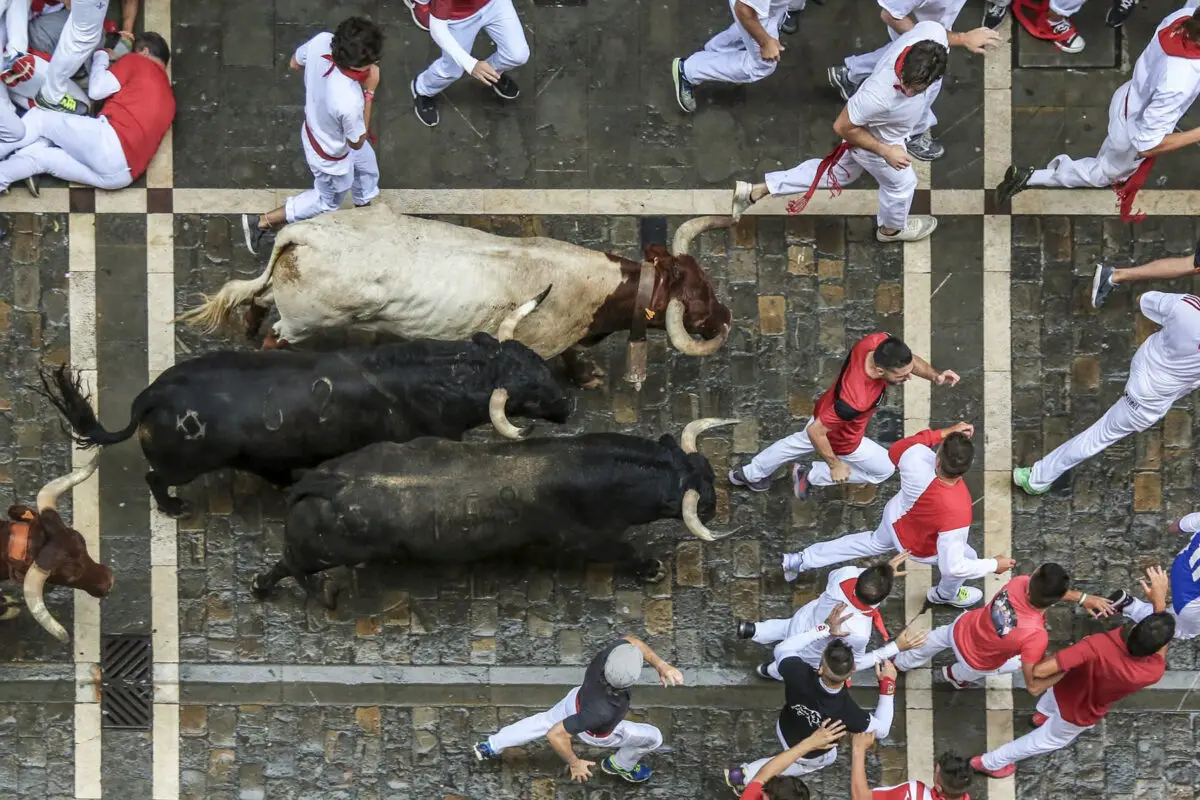From the beguiling Carnival of Venice to Munich’s legendary Oktoberfest, Spain’s La Tomatina, or the Cannes Film Festival, there are loads of events in Europe that will elevate your trip.
The continent is packed with traditional and cultural festivals year-round, and a great way to get a deeper understanding of the cultures you’re experiencing is to check out what events are taking place during your visit.
On the flip side, by trying to visit a place unknowingly while a notable event is taking place, you risk higher accommodation costs, crowds, and closed-down transportation.
Some planning and knowledge are key to enjoying these ultra-popular festivities, and with that in mind, we’ve put together this shortlist of the most fun, whimsical, and meaningful festivals in Europe to add to your bucket list.
Related: (opens in new tab)
- Party Hotspots Around Europe
- Top Places to Backpack in Europe
- Music Festivals in Europe You Shouldn’t Miss
22 Amazing Events in Europe
1. Oktoberfest – Germany
- When: End of September
- Where: Bavaria
- Duration: 2 weeks
Oktoberfest is an annual folk celebration of Bavarian culture. Traditionally held in Munich, it’s also common in other places like Bremen. While the name suggests it takes place in October, the majority of the festival actually occurs in September, culminating on the first Sunday in October. The festival celebrates the Bavarian lifestyle through food, music, dance, and community – and copious amounts of beer, of course!
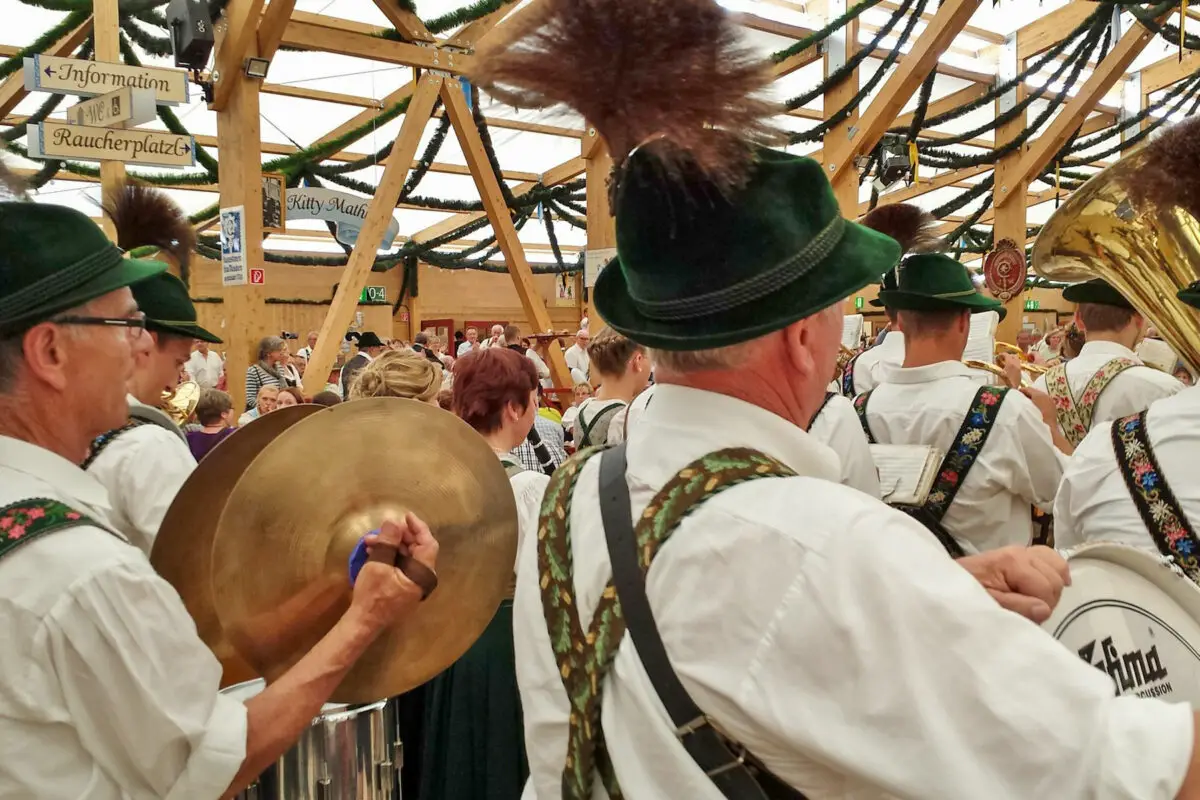
Oktoberfest first began in 1810 with a royal wedding. The citizens of Munich were invited to celebrate in front of the city gates with horse races, parades, and other festivities. Such fun ensued that it was repeated the following year, giving rise to the tradition of Oktoberfest we see today. One of the highlights is the Schuhplattler, a traditional Bavarian dance, with oompah bands playing folk and polka tunes.
Traditional Bavarian clothing (lederhosen for men and dirndls for women) is commonly worn, adding to the sense of tradition and fun. Beyond the beer tents, attendees can check out amusement rides, games, parades, and exhibitions detailing the history of the festival, as well as traditional foods like pretzels, sausages, roast chicken, and more.
As you can imagine, Oktoberfest is incredibly popular so be sure to book everything as far in advance as you can, including reserving tables in the beer tents. Keep in mind that each tent has its own unique atmosphere and music, so be sure to explore different ones.
Travel Tip!
2. Carnival of Venice – Italy
- When: Near Lent (varies)
- Where: Venice
- Duration: 10 days
The Carnevale di Venezia is a world-renowned annual celebration of the history, art, and culture of Venice through elaborate masks, costumes, and parties. Historically, masks allowed people from different social classes to mingle anonymously, with different types of decadently adorned masks each having specific meanings. The enchanting city is charged with an atmosphere of mystery and intrigue, and attending is truly a once-in-a-lifetime experience.
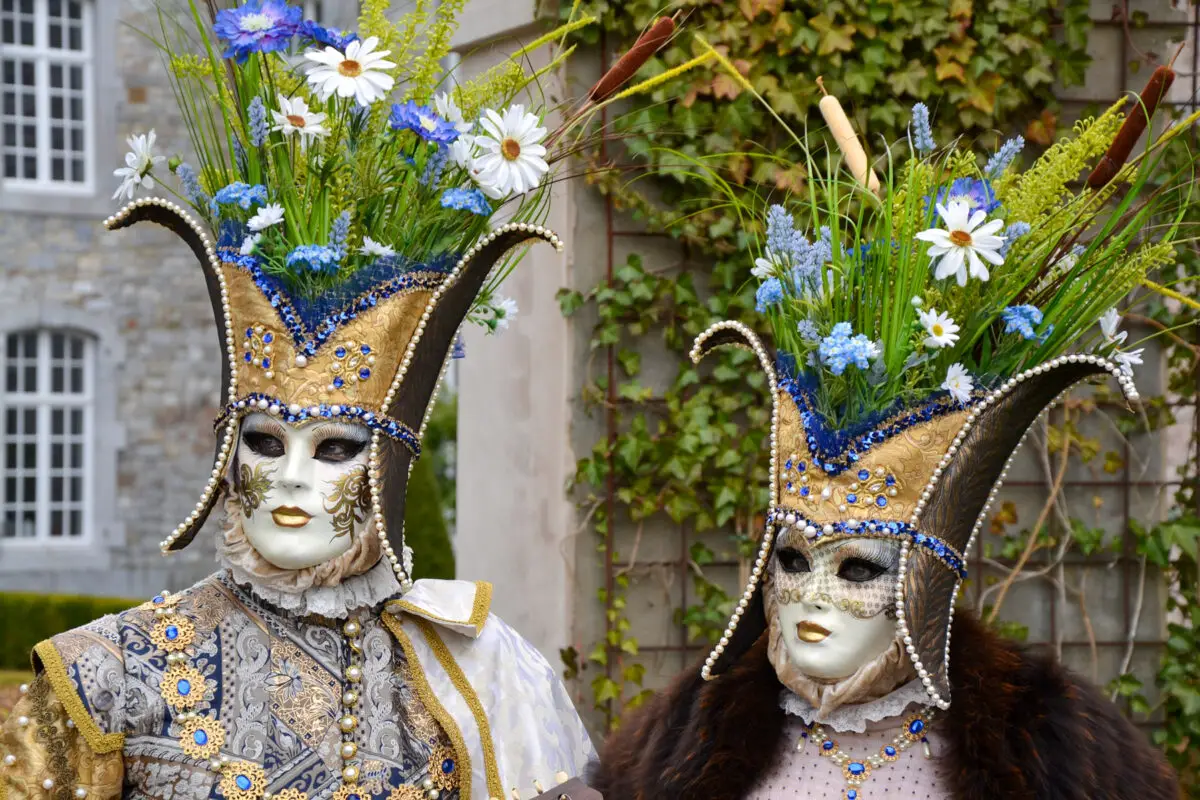
The origins of the Carnevale can be traced back to the Middle Ages, a way for Venetians to indulge in festivities before the somber period of Lent. Over the centuries, the carnival evolved into a grandiose affair, marked by lavish parties, boat parades, masquerades, and musical and street theater performances.
The ‘Flight of the Angel’, where a costumed performer ziplines from the bell tower of St. Mark’s Basilica to the center of St. Mark’s Square kicks off the festivities, which last for 10 days.
Perhaps more so than any other event on this list, it is critical to plan ahead for Carnevale. Venice is a small city, and this is arguably one of the most popular things to do in the world. It’s also a good idea to plan your costume and which masquerade balls you’d like to attend ahead of time – the best way to experience the glitz and glamor of the event. While St. Mark’s Square is the central hub of the festivities, don’t forget to explore the quieter streets and canals of Venice.
3. Up Helly Aa – Scotland
- When: Last Tuesday in January
- Where: Lerwick, Shetland
- Duration: 1 week
Up Helly Aa is an annual festival held in the Shetland Islands, celebrating the island’s Viking heritage and the return of daylight after the dark winter months. Shetland has a strong historical connection to Norse culture, and while the official festival’s roots can be traced back to the 19th century, it draws inspiration from much older Norse traditions.
The highlight of Up Helly Aa is the torchlit procession. Participants, known as guizers, march through the streets of capital city Lerwick. The guizers form themed squads and spend months crafting intricate costumes representing historical figures, mythological creatures, or contemporary characters.
The procession is accompanied by the sound of traditional Shetland fiddles and other instruments. At the end, the guizers approach a full-scale replica Viking longship, lighting it on fire! Leading up to the main night, there are loads of parties, performances, and community gatherings to enjoy. Note that while the festival theoretically welcomes spring, the end of January is still very cold!
4. Semana Santa – Italy
- When: Holy Week (varies)
- Where: Around Sicily and other Catholic regions
- Duration: 1 week
Semana Santa (Holy Week), is a religious observance of the Passion, Death, and Resurrection of Jesus. It is a significant event in the Christian calendar and is observed in much of Europe, as well as the wider world. There are many places in Europe to witness Holy Week traditions, with Sicily being a premier example.

The origins of Semana Santa date back to the early centuries of Christianity, developing over time to include various rituals that reenact Jesus’ final days. Semana Santa in Sicily is a particularly unique occurrence, characterized by solemn processions featuring ornate wooden statues, called Misteri. Depicting biblical features and scenes from the Passion, the statues are carried through the streets by participants dressed all in black, accompanied by haunting music, chants, and prayers.
Note that various towns in Sicily hold processions on different days, so it’s important to check out the schedule to ensure you’re in the right place. The processions are often accompanied by religious rituals, prayers, and moments of reflection, and it’s very important to be respectful. While photos are allowed, it’s recommended to take a few and then put your camera away, to avoid distracting those praying.
5. Midsommar – Sweden
- When: Summer solstice (June 21)
- Where: Nationwide and some other Nordic countries
- Duration: 1 days
Midsommar is a Swedish festival celebrating the summer solstice. Rooted in ancient Nordic traditions, it’s a time for communities to come together and revel in the return of daylight after the cold winter.
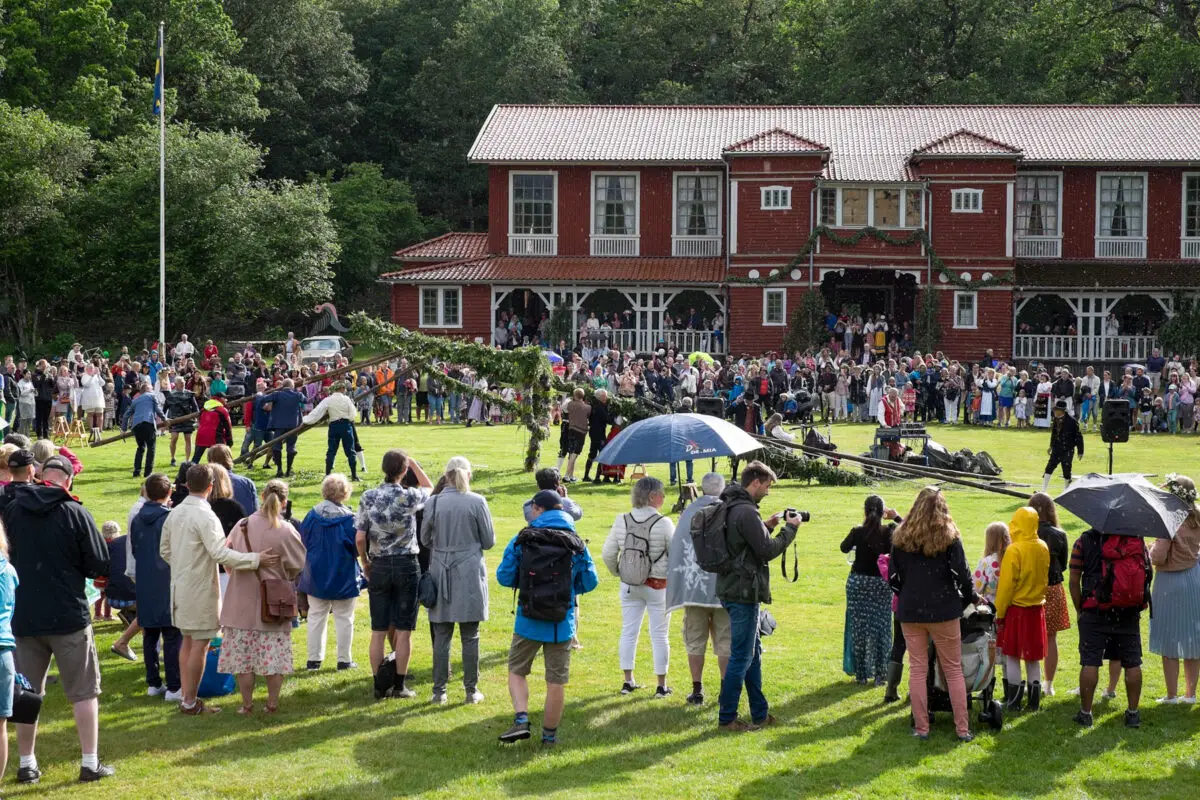
Midsommar has ancient pagan origins, dating back to a pre-Christian fertility festival. Like other European festivals, Midsommar was integrated over time into the Christian calendar with the feast day of St. John the Baptist, and today retains both pagan and Christian elements. Women and girls wear beautiful flower crowns, and participants decorate their homes and enjoy traditional foods like herring, potatoes, and strawberries.
One of the most iconic aspects of Midsommar celebrations is the traditional folk dances around the Maypole. Adorned with flowers and greenery, the Maypole is raised in the center of each village, and people of all ages dance around it in a circular formation.
Midsommar celebrations also often include music, traditional games, and craft activities. Don’t be shy about joining in the traditional dances! Just ask a local to show you the steps.
6. Armata – Greece
- When: September
- Where: Spetses Island
- Duration: 1 week
The Armata celebration is an annual event commemorating the naval victory of the Greeks against the Ottoman Empire in 1822, a significant cultural event in the Saronic Islands.
Spetses was the first Greek island to rise against Ottoman rule in 1821, and each year on the second weekend of September, the whole island gathers at the harbor to witness a reenactment of an epic naval battle where the Ottomans were routed. This victory marked a turning point in the Greek War of Independence.
Today, an elaborately decorated wooden ship is paraded through the streets of the island before being set ablaze in a grand finale symbolizing the destruction of the Ottoman fleet. The ship-burning is accompanied by fireworks, music, and a festive atmosphere celebrating the resilience and courage of the Greek people.
While travelers likely won’t directly participate in the burning of the ship, they can certainly join in the festivities by attending the various performances, witnessing the burning of the Armata, and immersing themselves in this cultural European experience.
7. Eisteddfod – Wales
- When: August
- Where: Location varies annually
- Duration: 1 week
Eisteddfod is a festival celebrating the Welsh language and its contributions to literature, music, and the arts. While the modern National Eisteddfod of Wales was established in the 19th century, it continues to draw a lot of inspiration from the historical gatherings, which date back to the 12th century.
Eisteddfod was originally focused on poetry and music, but the modern festival has evolved to include a wide range of artistic disciplines, including choral singing, instrumental music, poetry recitations, dance recitals, and more.
Eisteddfod takes place in a different location in Wales each year and attracts visitors from all over the world. The main pavilion hosts most of the competitions, performances, and exhibitions, while other areas feature tents, stalls, and stages for various artistic disciplines.
Like the Fringe in Edinburgh, Eisteddfod is an amazing place to learn about Welsh culture and discover some new favorites. The Gorsedd of Bards, a society that promotes Welsh culture and language, plays a central role through the ‘Chairing of the Bard’, where poets compete to win the prestigious title of Bard by submitting a poem on a designated theme.
If you’d like to attend, it’s a good idea to learn a few Welsh phrases to enhance your experience and show your appreciation for the language and culture. It’s also important to keep in mind that Eisteddfod spans several days with a packed schedule. Plan ahead and choose the events that interest you the most.
8. Palio di Siena – Italy
- When: July 2 and August 16
- Where: Siena
- Duration: 2 separate days
The Palio of Siena is best known as a horse race celebrating Siena’s history, culture, and an epic rivalry between neighborhoods (called contrade), each fielding a horse and jockey decked out in their designated colors. Before the race, there are processions featuring costumed participants representing each contrada, with flags, symbols, and colors on display.
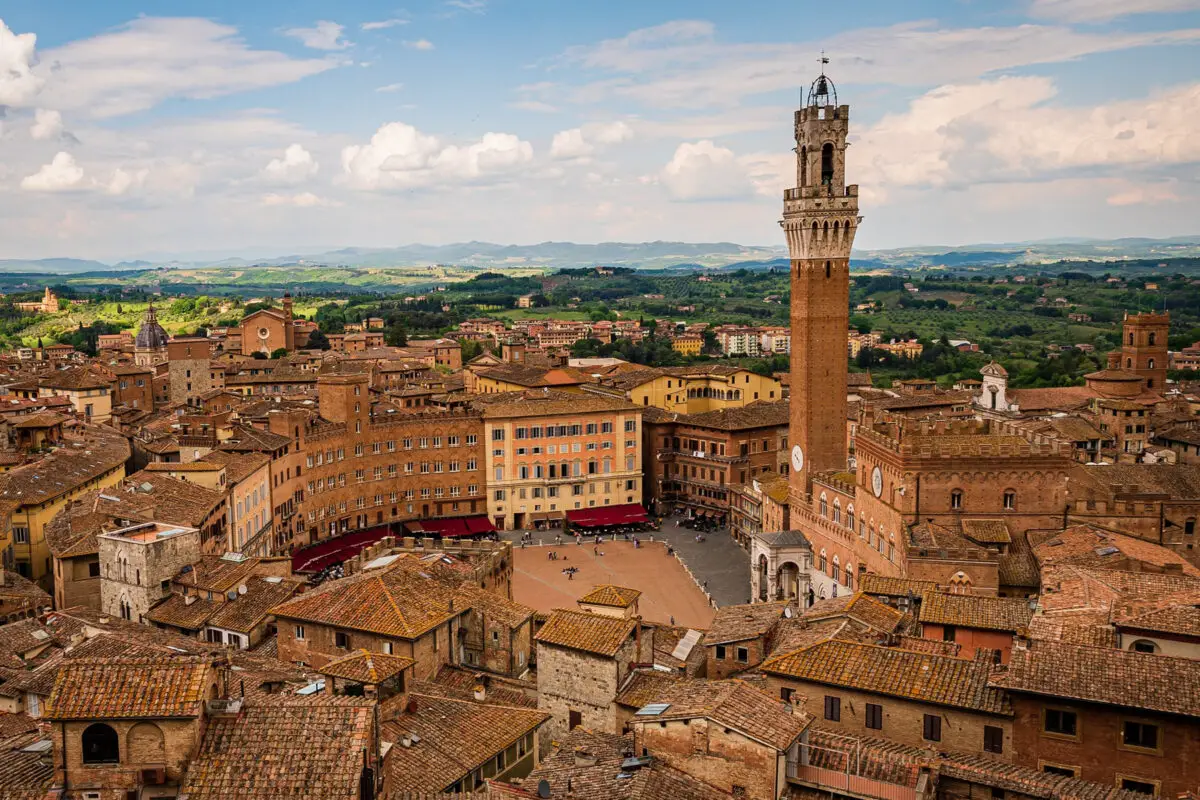
The Palio in its current form is thought to date back to the 17th century, though similar races were held previously. The modern Palio is held twice a year: the Palio di Provenzano on July 2nd, and the Palio dell’Assunta on August 16th, coinciding with the Catholic feast days of the Visitation and the Assumption of Mary.
The race takes place in the Piazza del Campo, Siena’s main square, which is transformed into a racetrack covered in a thick layer of dirt. Spectators gather along the sides of the track, creating an intense and electrifying atmosphere. The winning contrada receives the Palio, a coveted painted silk banner.
The Piazza del Campo gets absolutely mobbed for this event, so arriving early will give you a better chance at a good vantage point. It’s also good to keep in mind that the rivalry between the contrade can get pretty intense, with the Palio a matter of immense pride for the city’s residents. Immerse yourself in the pre-race processions, drumming, and flag-waving performances. Feel free to choose a contrada and cheer!
9. Fallas de Valencia, Spain
- When: March
- Where: Valencia
- Duration: 5 days
The Fallas de Valencia is a festival celebrating the arrival of spring through a tribute to Saint Joseph, the patron saint of carpenters. The origins of the festival date back to pagan rituals celebrating the end of winter, but over time incorporated Christian elements, and the festival gained popularity in its current form in the 18th century.
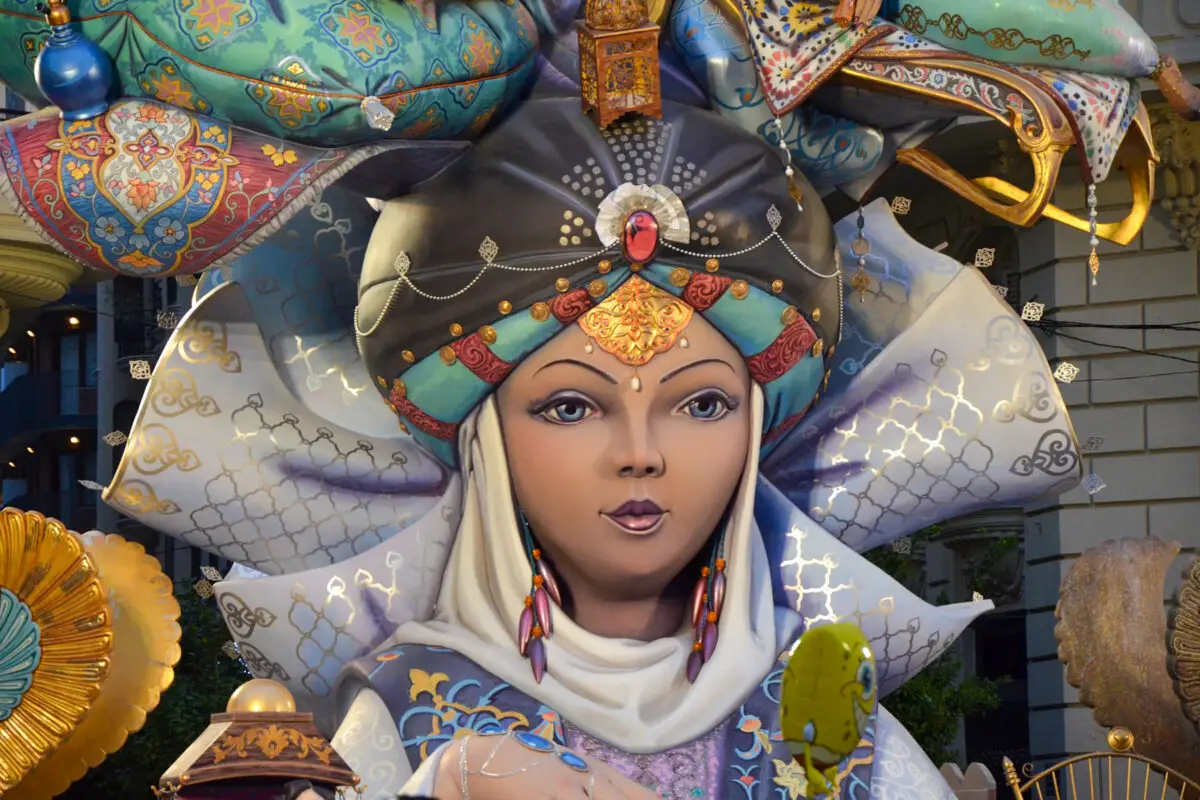
The festival is marked by the creation of large sculptures called ‘fallas’, which are often satirical or humorous in nature or perhaps depict current events or cultural references. The artists behind the sculptures, called ‘falleros’, sometimes spend months building their creations.
Throughout the city of Valencia, you’ll find fallas of varying sizes displayed in streets and squares. The grandest of these are showcased in the Plaza del Ayuntamiento. In addition to the sculptures, the Fallas de Valencia is a great place to see traditional dances, processions, music performances, and fireworks displays, all culminating in ‘La Cremà’, where the sculptures are set on fire. If you can’t stay for the final bonfire, a firecracker show called a mascletà is held every day at 2 p.m. in Plaza del Ayuntamiento starting on March 1.
10. Sinjska Alka – Croatia
- When: Late August
- Where: Sinj
- Duration: 2 days
Sinjska Alka is an annual tournament celebrating Croatia’s historical chivalric tradition. The event commemorates the victory of the local knights in the town of Sinj against the Ottomans in the Battle of Sinj in 1715 when local defenders successfully repelled an Ottoman invasion.
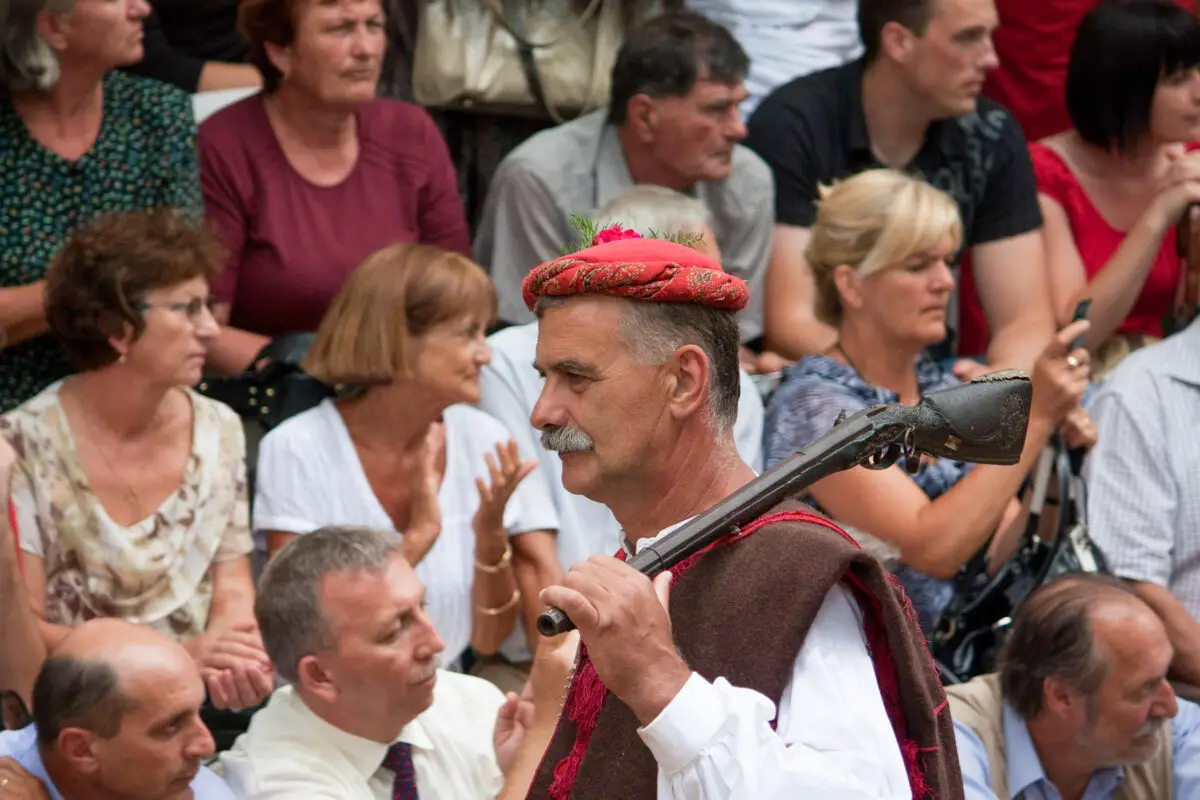
The main attraction of Sinjska Alka is the jousting competition, which takes place in Sinj’s central square. Competitors, known as ‘alkari’, ride at full speed down a track, attempting to spear a small metal ring, called the ‘alka’, hanging on a string. The highest-scoring alkari is awarded the prized title of ‘vitez’ (or knight).
Participants wear historical period dress, and the celebration includes processions, music, and historic reenactments. Sinjska Alka is a highly popular event in Sinj, so be sure to arrive early to secure a good viewing spot for the jousting competition. It’s also best to familiarize yourself with the historical context of the Battle of Sinj and its impact to make the most of the festivities.
11. Samhain – Ireland
- When: 31 October-1 November
- Where: Areas of Ireland with strong Celtic roots
- Duration: 2 days
You may have heard of Samhain, or perhaps associated it with Halloween celebrations in Europe. However, traditionally, it marks the end of the autumn harvest season and the beginning of winter, as well as the thinning of the veil between the physical and spiritual realms, allowing spirits and fairies to interact with the living.
Samhain dates back to Celtic pagan traditions and was a significant festival in pre-Christian Ireland, and as Christianity spread, it became intertwined with the Christian All Saints’ Day. Today, it remains a special time to honor ancestors and meditate on the cycles of life and death, often involving costumes, bonfires, fortune-telling, and other festivities.
Samhain is a time of deep spiritual significance for many. In ancient times, people would light bonfires and leave offerings for spirits to hope for a smooth transition into the darker winter months. Today, storytelling sessions, folk music performances, and community gatherings honor the historical and cultural significance of the festival.
While travelers might not find the big public events or parties more typical of Halloween, Samhain is a wonderful opportunity to engage with local customs and gain insights into the traditional Irish folklore and spirituality that surround the event.
12. Krakelingen and Tonnekensbrand – Belgium
- When: Near Easter (varies)
- Where: Geraardsbergen
- Duration: 2 days
Krakelingen and Tonnekensbrand are traditional European events celebrated in the Belgian town of Geraardsbergen. These festivals mark the end of European winter and the beginning of spring, respectively, while also celebrating the town’s history and Flemish identity.
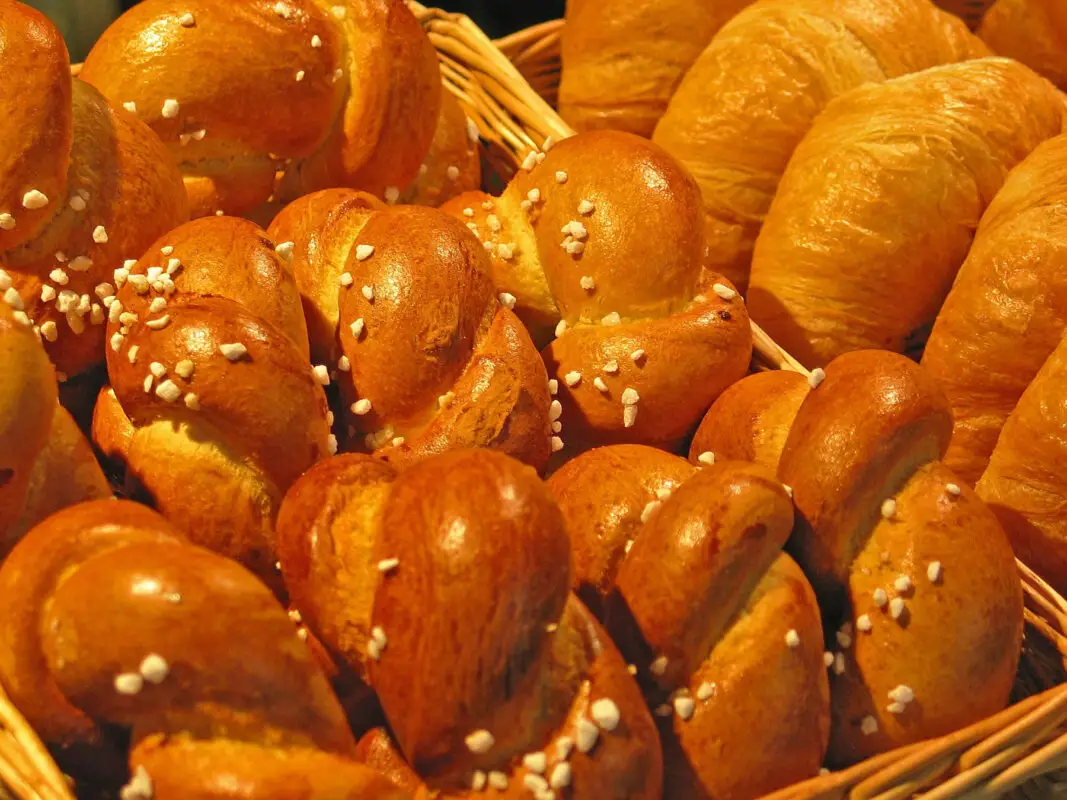
Both festivals have their origins in medieval times. Krakelingen, celebrated on the fourth Sunday of Lent, involves the distribution of eponymous round pastries, which symbolize the sun and the end of winter. Tonnekensbrand, held the following Tuesday, is a bonfire festival where barrels filled with wood are set on fire to drive away evil spirits and welcome spring.
While the main attractions are the pastries and bonfires, the festivals also include processions, live music, traditional dance, and other activities. On Krakelingen there is a procession to the Oudenberg Hill, where the pastries are blessed before being shared, while the bonfires for Tonnekensbrand are lit in various parts of town.
13. Cannes Film Festival, France
- When: May
- Where: Cannes
- Duration: 10 days
The Cannes Film Festival is an internationally renowned annual showcase celebrating the art of filmmaking. It provides a platform for filmmakers, actors, and industry folks to present their work and engage with a global audience, as well as glitz and glamor unlike any other in the heart of the breathtaking French Riviera.
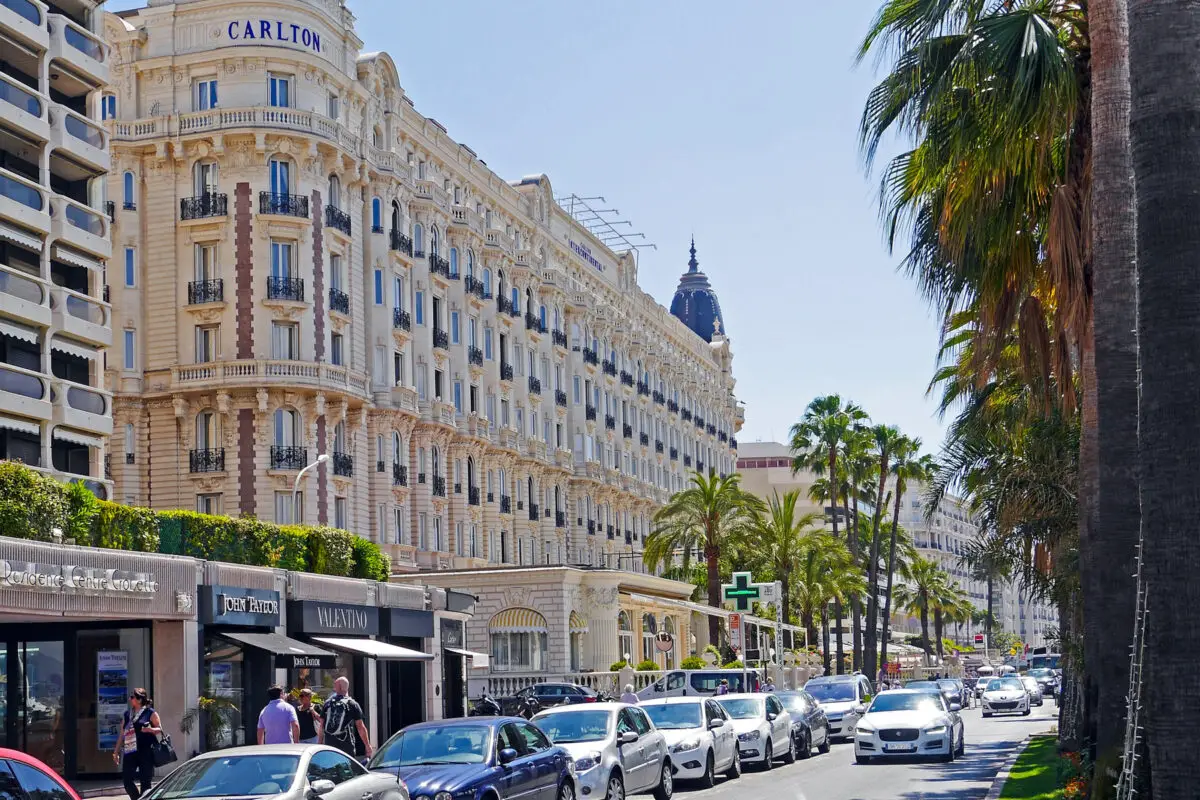
Initially created as a response to the Venice Film Festival being held in a fascist-controlled country, Cannes grew over time into one of the most prestigious and influential film festivals in Europe and the world as a whole.
While the focus of Cannes is primarily on film screenings, the event also features red carpet premieres, press conferences, and opportunities for actors and filmmakers to interact with the media and public, largely in and around the Palais des Festivals et des Congrès, the HQ of the festival. The Palme d’Or award ceremony, the festival’s most prestigious award, recognizes outstanding cinematic achievements each year.
The festival certainly maintains a sense of exclusivity and sophistication, and unfortunately, this is not a budget outing. If you do plan to splurge, it’s critical to plan your trip well in advance, including booking accommodations and tickets for film screenings.
If you happen to be attending red carpet events, adhere to the festival’s dress code, which typically involves formal attire. Never fear if red carpets aren’t your thing – you can still enjoy the festival’s atmosphere by attending public screenings, walking around the venue, and soaking up the excitement.
14. Edinburgh Fringe – Scotland
- When: August
- Where: Edinburgh
- Duration: 3 weeks
The Edinburgh Festival Fringe, more commonly known as Edinburgh Fringe, is the world’s largest arts festival. An explosion of creativity, performance, and artistic expression, it provides a platform for artists from around the world to showcase their talents and connect with audiences regardless of their background or level of fame, allowing emerging talents space to perform right alongside more established acts.

Edinburgh Fringe began in 1947 as an alternative to the Edinburgh International Festival, which was known for more highbrow performances. A group of performers who weren’t invited to the international festival decided to create their own, performing on the fringes of the main festival.
Over the years, Fringe grew in popularity and size, becoming a truly unique showcase of artistic diversity. Here, you can find everything from theatrical productions and stand-up comedy, dance, spoken word, improv, musical concerts, and experimental performances.
The entire city of Edinburgh comes alive with an absolutely infectious energy during the Fringe, with performances taking place in theaters, pubs, temporary venues, and even on the streets. With thousands of performances taking place during the festival, checking the official schedule and carefully planning your time there in advance is essential. However, don’t limit yourself to what’s familiar – Fringe is a fabulous opportunity to discover new favorites, so be sure to leave room for spontaneity!
15. Tartu Hanseatic Days – Estonia
- When: July
- Where: Tartu
- Duration: 2 days
Tartu Hanseatic Days, or Tartu Hansapäevad, offers attendees an annual glimpse into the city’s rich history, culture, and traditions, celebrating the historical heritage of Tartu as a member of the Hanseatic League, a powerful confederation of merchant guilds that played a significant role in medieval trade and commerce across Northern Europe. Tartu’s location on the banks of the Emajõgi River made it a powerful member of this league, and the Hanseatic Days celebrate this heritage.
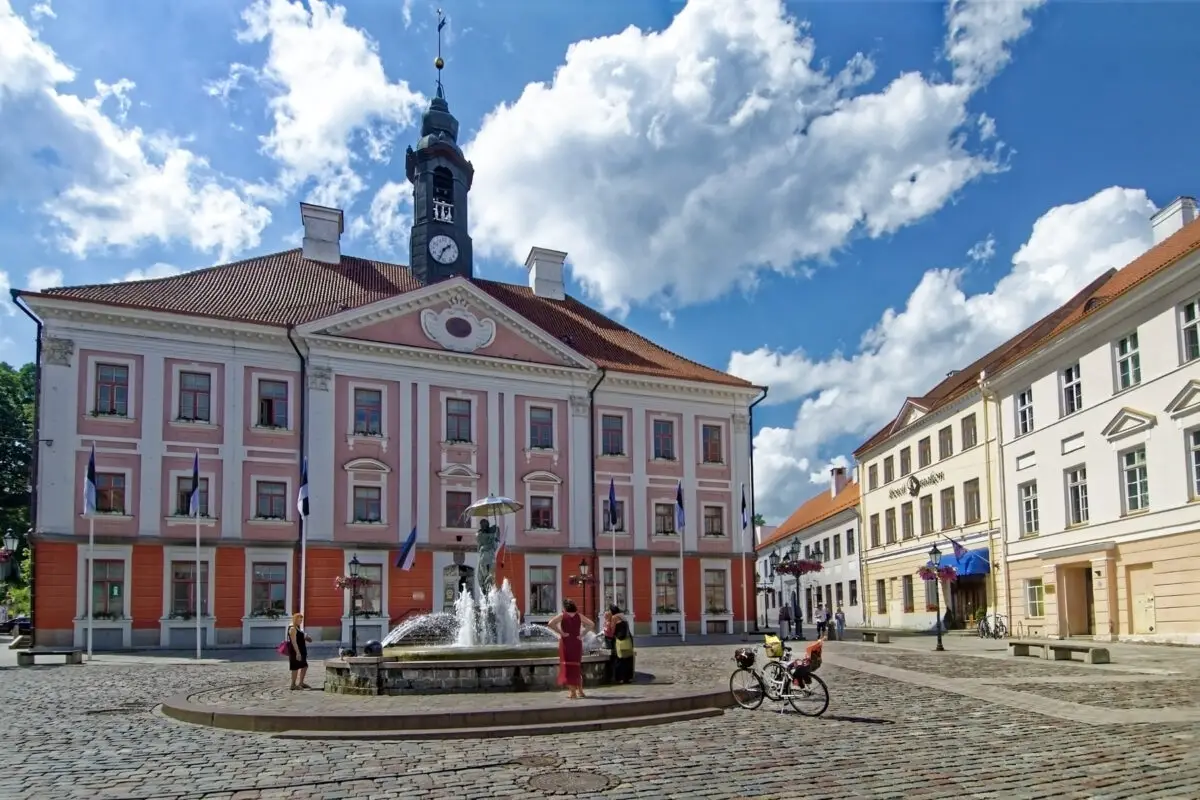
During the Hanseatic Days, the city hosts a variety of activities, including historical reenactments, theater performances, folk dancing, traditional music, craft demonstrations, and workshops. Participants often dress in period costumes, and you can find medieval-style markets with artisans selling crafts, food, and goods reminiscent of Renaissance fairs in other places.
Prior to attending, familiarize yourself with the history of the Hanseatic League and its significance in medieval trade, as going in with some background knowledge will enhance your enjoyment. Feel free to interact with other participants and volunteers dressed in period costumes and take part in activities or workshops they offer to truly immerse yourself in the experience – you’ll feel like you’ve traveled back in time!
16. San Fermín Festival – Spain
- When: July
- Where: Pamplona
- Duration: 10 days
The San Fermín Festival is an annual festival commemorating the patron saint of Pamplona, Spain, most famous for a particularly adrenaline-pumping tradition – the Running of the Bulls. Called Encierro in Spanish, this tradition dates back to the 14th century, when bulls were herded from the countryside into the city’s bullring. Over time, this practice evolved into the modern-day Encierro, where participants run alongside the bulls on a route through the streets of Pamplona.

While the main event is the Running of the Bulls itself, the San Fermín Festival includes a range of other cultural events, and parades, with music, dance, and cuisine. The fun kicks off with the firing of the Chupinazo, a rocket launch that signals the beginning of the week-long festival.
Participants wear white clothing with a red scarf, in honor of the city’s colors. It’s very important to understand that participating in the Running of the Bulls, even as a spectator, is not without risk.
At a minimum, it’s a must to understand and respect the rules, the route, and how to stay safe. Visitors can actually join as runners, but only those who are physically fit and fully aware of the route and the behavior of the bulls should consider running.
17. Guy Fawkes Night – Great Britain
- When: November 5
- Where: Nationwide
- Duration: 1 day
Guy Fawkes Night, also known as Bonfire Night, is an annual tradition celebrating the foiling of the Gunpowder Plot in 1605. The event is marked with bonfires, fireworks displays, and effigy burnings, particularly that of Guy Fawkes, the figure at the center of the plot.
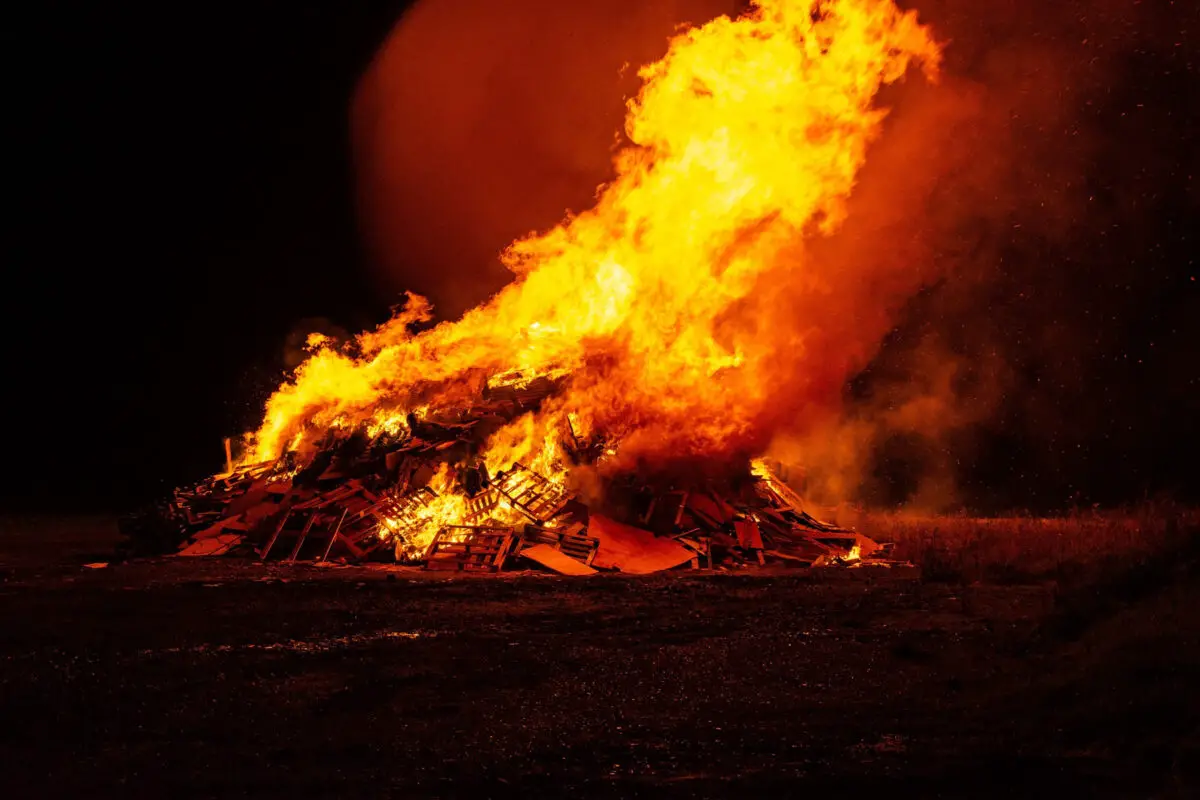
In a nutshell, Guy Fawkes Night commemorates the failed attempt by a group of conspirators (including Guy Fawkes), to blow up the British Parliament in an effort to assassinate King James I. The plot was discovered on November 5, 1605, leading to Fawkes’ capture and execution. The tradition of celebrating the plot’s failure has endured for centuries, mainly through community gatherings around bonfires featuring storytelling, music, and historical reenactments.
Communities across England, Wales, and Scotland, hold public displays of bonfires and fireworks on the evening of November 5th. Some cities, such as Lewes in Sussex, are known for their elaborate and historical celebrations that include processions, costumes, and torchlight parades.
The most iconic tradition of the night is the creation of a ‘Guy’, an effigy resembling Guy Fawkes, often made from old clothes stuffed with newspaper. The Guy is displayed on the streets in the weeks leading up to the event, and children often ask for “a penny for the Guy.” On the night itself, the effigy is placed on the bonfire and burned, along with fireworks displays.
18. La Tomatina – Spain
- When: Late August
- Where: Buñol (near Valencia)
- Duration: 1 day
La Tomatina is a unique opportunity to let loose via the ultimate food fight! The origins of La Tomatina are not entirely clear, but it is believed to have started spontaneously in the mid-20th century during a local brawl.
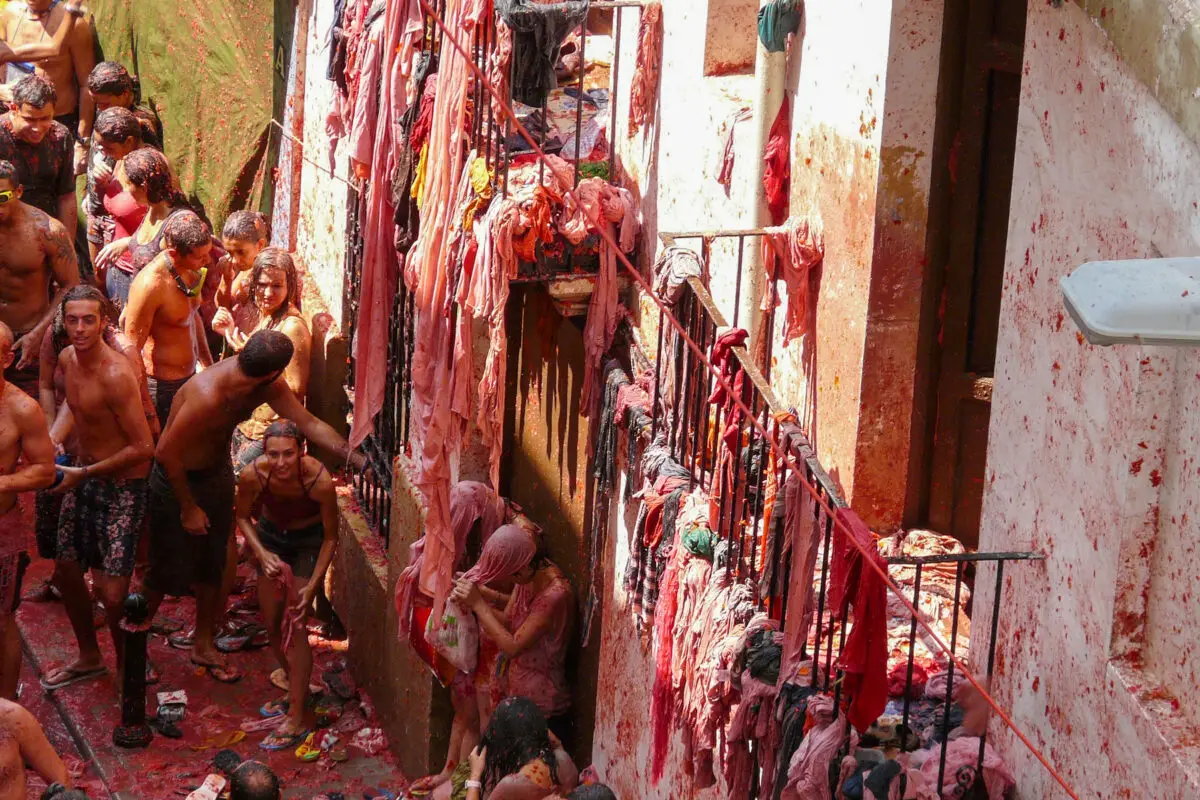
Since then, it has become an annual occurrence in the town of Buñol to get together to throw the ripest, juiciest, most overripe tomatoes you can find at each other. Prior to the festival, trucks bring in tons of overripe tomatoes that are unfit for consumption. These are then thrown, squashed, and smeared all around in a rowdy display of tomato warfare.
Unlike other additions to this guide, La Tomatina is not characterized by performances, music, or dances, but rather by the utter spectacle of thousands of people engaging in a massive food fight. If you want to join in, it goes without saying to pack some old clothes and closed-toe shoes that you don’t mind getting irreversibly stained, and perhaps some protective eyewear, too. You’ll likely be surprised at the level of stress release, but certainly in need of a long shower afterwards!
Note that while the festival is designed to be fun and carefree, there are rules in place to ensure everyone’s safety and prevent injuries. To join in the fun, you’ll need to purchase a ticket in advance – there is a limit on the number of participants for safety reasons. The ticket usually includes a t-shirt and access to the tomato fight area. Rules and guidelines are provided by the organizers when you purchase your ticket. Once inside, simply revel in the absolute chaos.
19. Amsterdam Pride, Netherlands
- When: August
- Where: Amsterdam
- Duration: 1 week
While most major cities in Europe host Pride parades in June, Amsterdam Pride is extra special. Amsterdam Pride has its roots in the first Dutch gay liberation day, celebrated in 1977, but these days it is celebrated in the first week of August.

The week-long celebration includes loads of events, parties, discussions, and film screenings, and culminates in the iconic Canal Parade. Elaborately-decorated boats sail through the Prinsengracht canal while participants celebrate with music, dancing, and rainbow-themed attire.
Amsterdam Pride is truly like no other, so it stands to reason that it’s an extremely popular time to visit the city. Be sure to check the official Amsterdam Pride website for the schedule of events to prioritize what you’d like to do. For the Canal Parade, it’s critical to stake out a good spot on the Prinsengracht early in the morning in order to be able to see and be sure to pack that rain layer and lots of snacks just in case. If you’re seeking to splurge, a hotel on the Prinsengracht will offer unparalleled parade views.
Ultimately, Amsterdam Pride is a celebration of love, acceptance, and diversity, and arguably the most infectiously joyful day of the year in Amsterdam – so embrace the festive atmosphere! By participating, attending discussions, and supporting LGBTQ+ rights, travelers can contribute to the spirit of inclusivity and acceptance that Amsterdam Pride represents, honoring the ongoing struggle for LGBTQ+ rights and standing in solidarity to promote love, respect, and equality.
20. Bastille Day – France
- When: July 14
- Where: Nationwide
- Duration: 1 day
Bastille Day, also known as La Fête Nationale, is a celebration marking the anniversary of the storming of the Bastille prison in 1789, arguably the event that launched the French Revolution. The day serves as a symbol of ‘liberty, equality, and fraternity’, in remembering a period of profound social and political change in France. Bastille Day was first celebrated in 1790 to commemorate the revolution and the establishment of the constitutional monarchy, and today remains a nationwide celebration.
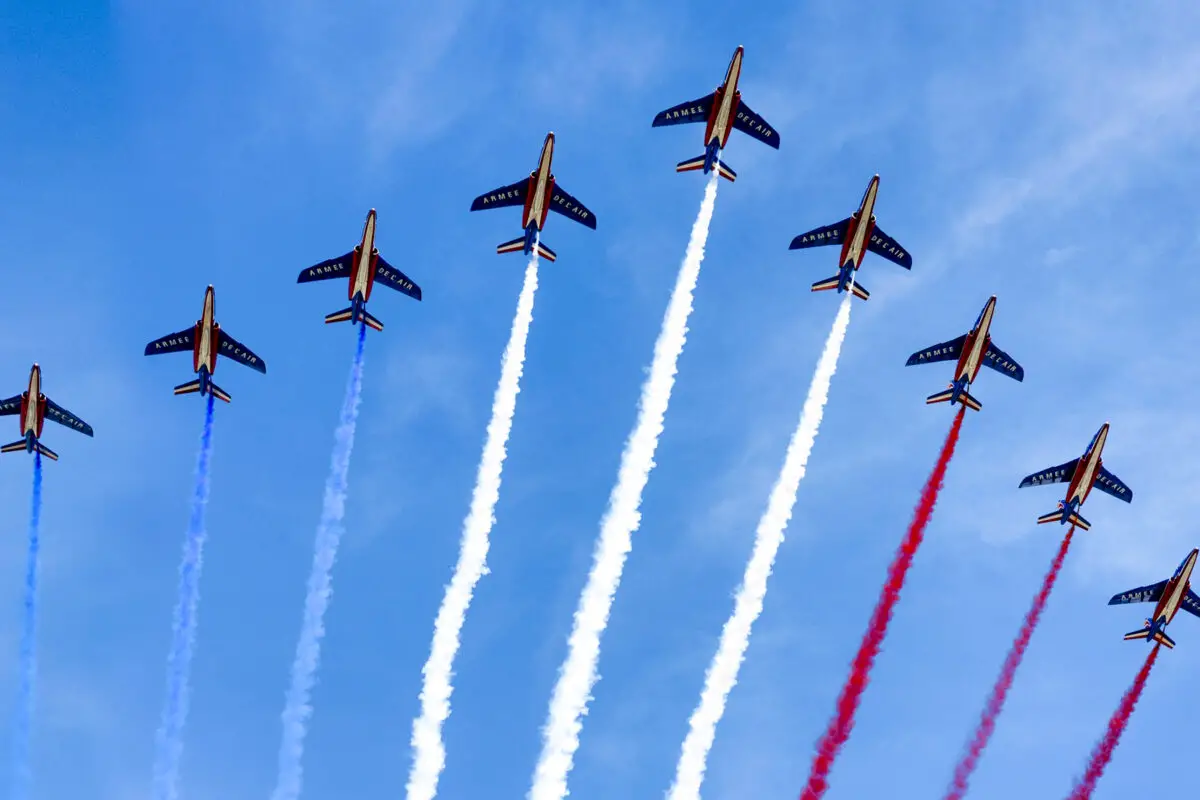
The main event of Bastille Day is the military parade on the Champs-Élysées in Paris. It features troops, military vehicles, and aircraft, as well as ceremonies honoring veterans and fallen soldiers.
Elsewhere in the city are musical performances, dances, and cultural events, with throngs of people picnicking and enjoying festive meals with family and friends. When night falls, fireworks displays light up the skies nationwide, with the most famous one taking place at the Eiffel Tower.
Note that while Paris has the most well-known celebrations, smaller cities and towns throughout France also host events. This is a great option for avoiding the massive crowds that flock to Paris and a chance to witness unique local traditions.
21. Notting Hill Carnival – England
- When: August
- Where: London
- Duration: 2 days
The Notting Hill Carnival is an annual celebration of Caribbean culture and music held in the Notting Hill neighborhood of London. It is a vibrant and colorful festival showcasing the rich traditions and heritage of the Caribbean diaspora.
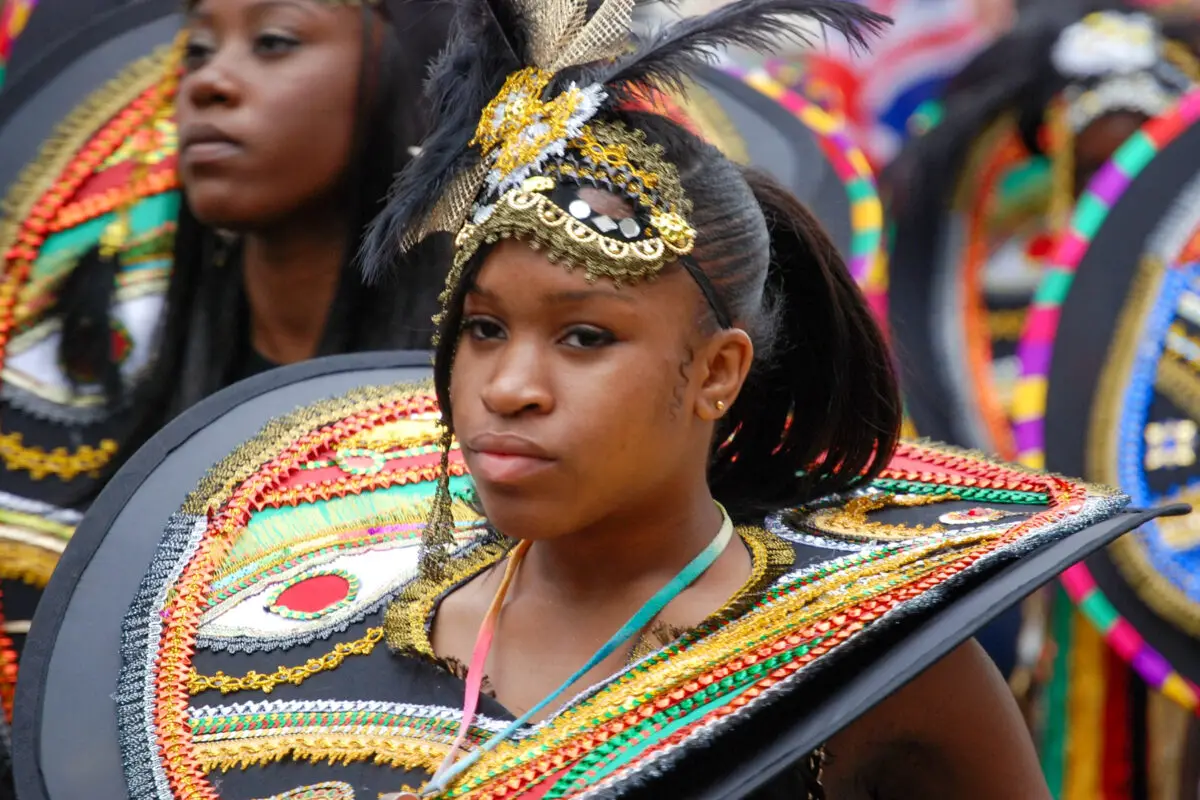
The Carnival has its origins in the late 1950s, first emerging as a response to the discrimination faced by the Caribbean community in London. It has since grown into one of the largest street festivals in the world.
The carnival is known for its lively performances, including elaborate parades and Caribbean music and dance routines. Traditional masquerade and costume elements are also incorporated, with food stalls serving all kinds of delicious Caribbean cuisine.
To plan your visit, check out the official Notting Hill Carnival website for event schedules, parade routes, and other details. The carnival attracts huge crowds, so arriving early will give you a better chance to find a good viewing spot.
22. Monaco Grand Prix
- When: May
- Where: Monaco
- Duration: 2 days
The Monaco Grand Prix is a prestigious Formula One car race held annually on the Circuit de Monaco, a one-of-a-kind circuit in the glamorous city-state of Monaco. The Monaco GP has a storied history, dating back to the inaugural race in 1929, and today it represents the pinnacle of motorsport, luxury, and elegance.
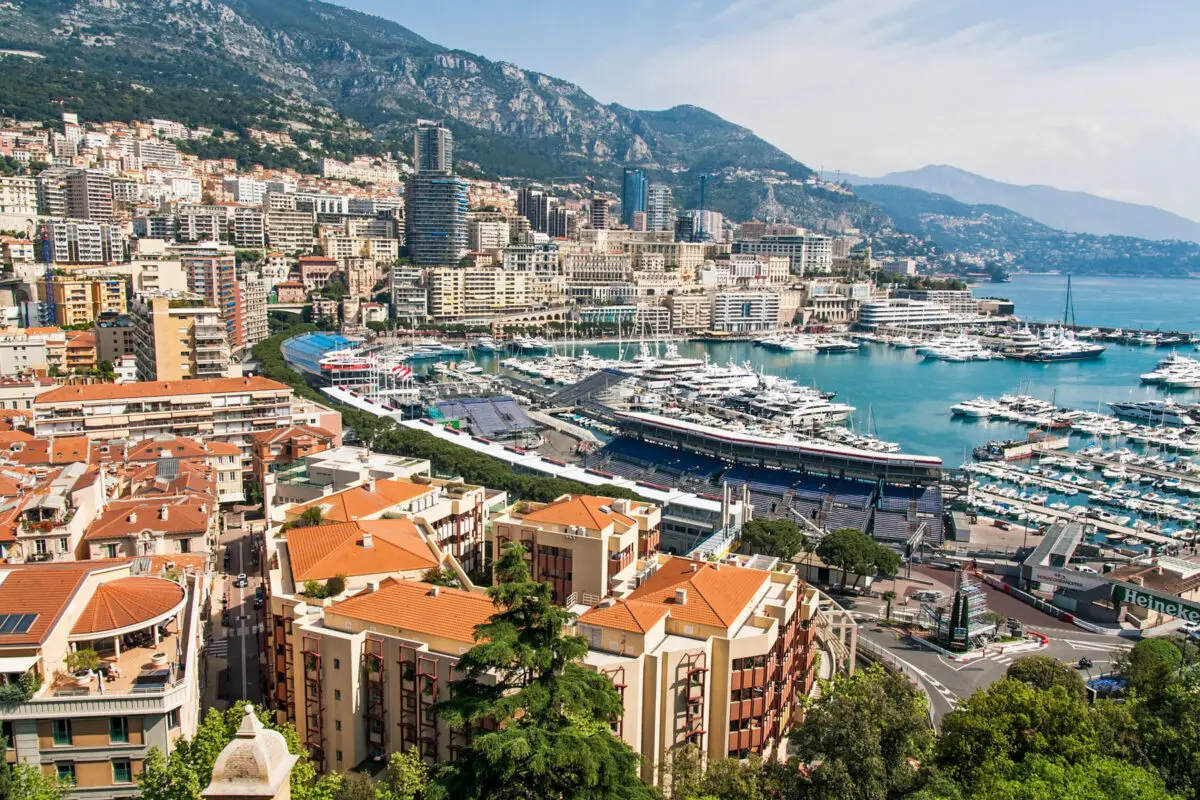
It is one of the oldest and most iconic races in the Formula 1 calendar, and the challenging street circuit, with its narrow roads and ultra-tight corners, is a thrill for drivers and spectators alike. While the focus of the event is on racing, the weekend is also known for its luxury yacht parties, high-profile events, and performances from internationally renowned artists.
The Monaco Grand Prix is one of the most prestigious and sought-after events in motorsport. Accommodation and tickets sell out quickly and are very expensive, so plan and book well in advance if this is a splurge you’d like to make. While it’s not really worth it if you’re not a motorsport enthusiast, the atmosphere and excitement surrounding the race are palpable even for new fans.
While Europe is a popular destination for its museums, landscapes, and urban spaces, the continent’s traditional festivals and events are definitely something to add to your list.
In addition to being loads of fun, the above European events are critically important cultural showpieces, fostering unity and embracing locals and visitors alike through a celebration of uniqueness, local flavor, and time-honored traditions.
Checking out any of the European festivals listed above is sure to enrich your travel experience and help you foster lifelong memories.
What is your favorite event in Europe? We’d love to hear about your experiences at these festivities in the comments!
